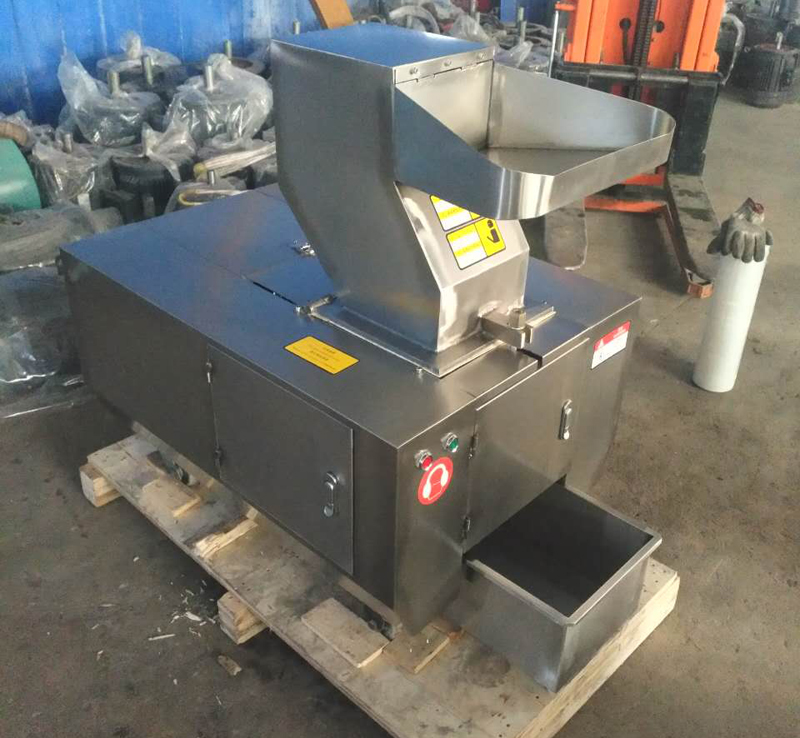Bone Crusher:
1. This hot sale animal bone mill crsuher machine price, we have two types: stainless steel and ordianry type, you can choose freely.
2. This cutting type machine is used for all kinds of hard materials; It is also used for crushing conventional materials.
3. This bone mill crusher can be used for kinds of bones, such as pork bone, cow bone, bull bone, chicken bone, beef bone.
We mainly manufacture: meat processing machines, milk processing machines, egg processing machines, fruit vegetable machines etc. We have years of exporting experiences, sincerely hope for copperation!

Bone Crusher,Bone Crushing Machine,Beef Bone Crusher,Pork Bone Crusher
Henan Gems Machinery Co.,Ltd , https://www.gemsmachines.com